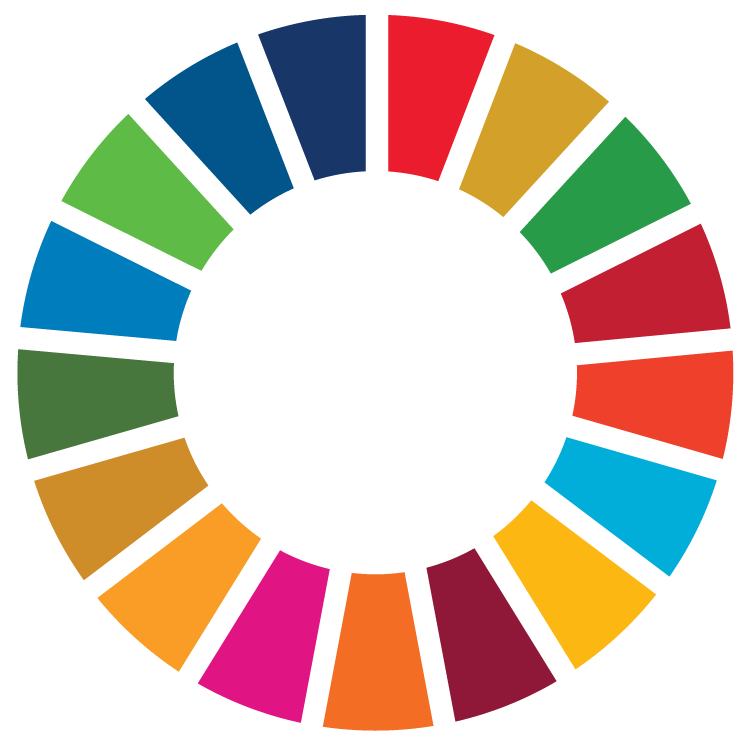It was the mid-1990s and the Republic of Korea, going through a period of rapid economic growth, found itself with a big problem: pollution. Smog hung over cities, agricultural runoff spilled into rivers and municipalities were facing a rising tide of rubbish.
So, the country mounted a full-scale campaign against pollution. From 1997 to 2023, recycling rates quadrupled, and the amount of material sent to landfills fell by more than 70 per cent. As part of that push, the country overhauled its relationship with plastic products, especially single-use plastic products that had long been a leading cause of plastic pollution.
This year, the Republic of Korea is hosting World Environment Day. Observed on 5 June, the day this year spotlights solutions to end the mounting global plastic pollution crisis. Here is a visual look at the country’s recipe for dealing with plastic pollution and the lessons it could hold for others.

The Republic of Korea is attempting to create what experts call a circular economy for plastics. The idea is to redesign plastic products for circularity, reuse plastic products as much as possible, find alternatives, and when plastic has reached the end of its life, recycle it. It’s a concept many retailers have embraced, like the Zero Waste Living Lab in the Jeju Special Self-Governing Province, a volcanic isle in the country’s far south.

Among other things, the shop offers wooden toothbrushes and shampoo in bar form, which negates the need for plastic packaging. It’s one of many retailers that provide more circular options for shoppers in an effort to limit plastic pollution.

Meanwhile, at Seoul’s Hongik University, design students are learning about the material properties of recycled plastic. The idea is to encourage students to incorporate it into their designs while thinking of ways to extend the lifespans of plastic products.
“This course gives them a chance to approach design with more responsibility [and to approach products] not as something disposable, but as something sustainable and environmentally conscious,” says Yoonjung Choi, a lecturer in the school’s Metal Art and Design Department.

In Jeju, some businesses are eschewing containers in a bid to cut down on plastic packaging, which is the single-biggest source of plastic waste globally. One of those companies is Flowermari, which makes plant-based personal care products. At its refill store, customers are asked to bring their own containers, into which they can pipe liquid detergents, shampoos and body washes.

Representative Sojin Lee says avoiding plastic packaging makes sense for a company that prides itself on using eco-friendly ingredients.
“Even if we make healthy products, if we use plastic bottles, they would still end up as waste. As a company, we aim to do business in a way that minimizes harm to nature.”
There’s another benefit too: by buying in bulk, customers save about 25 per cent on their purchases.

Jeju province has built 1,700 unstaffed drop-off depots, known as Clean Houses, where nearby residents must drop off their recycling on designated days. The province also has 200 staffed facilities where employees, often retirees, help residents divvy up their waste. This initial sorting makes recycling easier down the line.

In Jeju, some 66 per cent of all household waste, which includes plastic, paper, food and other municipal waste, is recycled, according to data from the Korean environment ministry. The global average is about 19 per cent, found a 2024 report by the United Nations Environment Programme (UNEP).

Jeju is also home to a cutting-edge recycling plant. The Jeju Resources Circulation Center is largely automated, with magnets separating metals from plastics and so-called optical sorters using light rays to determine the composition of plastics, allowing them to be grouped by type.

The plant processes 60 tonnes of plastic waste per day, reselling much of it to local businesses, say Jeju officials. This revenue stream contributes to covering the cost of building and operating the centre.
“I believe this facility is not just necessary for environmental reasons but also economically very valuable,” says Geunsik Chung, head of Jeju Province's Resource Circulation Division.

Businesses across the country have embraced recycled plastic coming from places like the Jeju Resources Circulation Center.

That includes the Lowlit Collective, a design firm in Seoul. Fabricators use post-consumer plastics to create an array of home goods, from tables to chairs to reading lights. Many are designed to last for decades.
"Plastic is a very useful material but the problem is how we use it,” says Jaesik Choi, head of the collective. “We are so used to throwing things away, but design can reverse that paradigm. I believe in extending the lifetime of plastic products, and making things people can keep, fix and pass on to the next generation."
UNEP's work is made possible by flexible contributions from Member States and other partners to the Environment Fund and UNEP Climate, Nature and Pollution funds. These funds enable agile, innovative solutions to climate change, nature and biodiversity loss, and pollution and waste. Learn how to support UNEP to invest in people and planet.
About World Environment Day
World Environment Day on 5 June is the biggest international day for the environment. Led by UNEP and held annually since 1973, the event has grown to be the largest global platform for environmental outreach, with millions of people from across the world engaging to protect the planet. This year, World Environment Day joins the UNEP-led #BeatPlasticPollution campaign to end plastic pollution.
About Beat Plastic Pollution
Since 2018, the UNEP-led #BeatPlasticPollution campaign has advocated for a just, collective, and global transition to a world free of plastic pollution.









